September 17, 2024 | Holly Moody-Porter
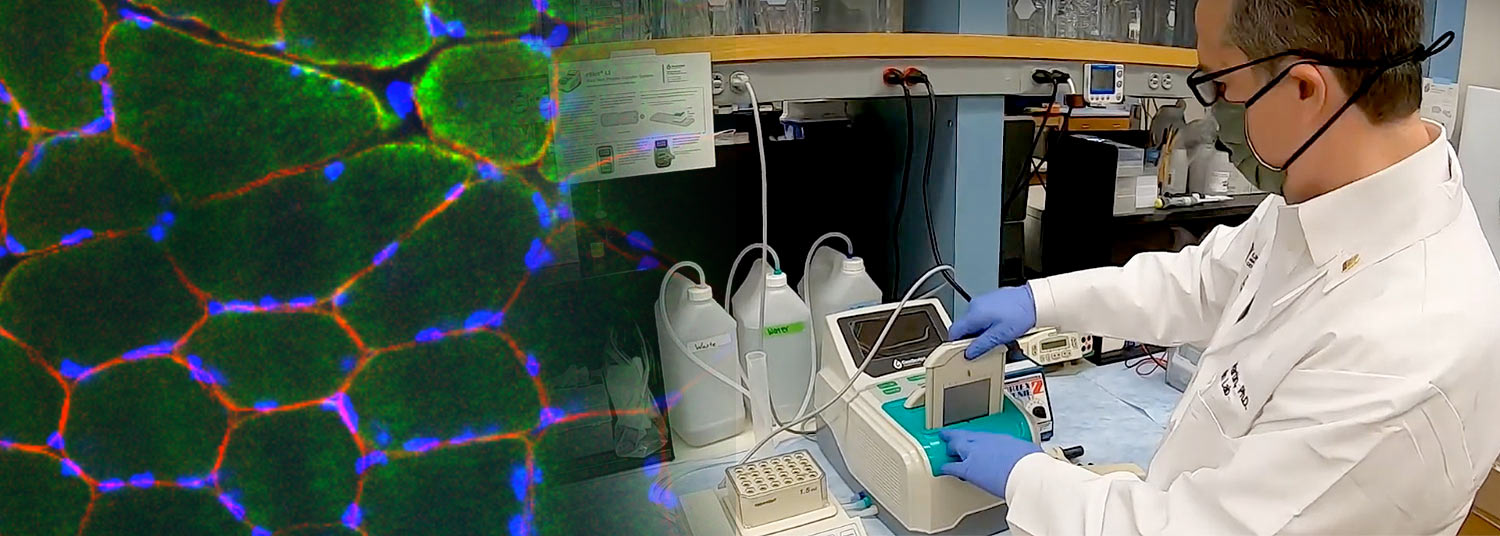
Merger of Departments of Pharmacology and Physiology will enable focus on Cancer Therapeutics, Molecular Physiology, and Neuropharmacology
 University of Maryland School of Medicine (UMSOM) Dean Mark T. Gladwin, MD, has announced the formation of a new Department of Pharmacology, Physiology and Drug Development, which merges the Department of Physiology and Department of Pharmacology. This new Department aligns the basic science research efforts of both entities with a strong emphasis on the development of new drug therapies.
University of Maryland School of Medicine (UMSOM) Dean Mark T. Gladwin, MD, has announced the formation of a new Department of Pharmacology, Physiology and Drug Development, which merges the Department of Physiology and Department of Pharmacology. This new Department aligns the basic science research efforts of both entities with a strong emphasis on the development of new drug therapies.
The Department will host three divisions spanning Cancer Therapeutics, Molecular Physiology, and Neuropharmacology, creating additional opportunities for research partnerships across current UMSOM Centers, Institutes, and the new BioPark at 4MLK.
“This is a natural merger of existing research ecosystems that will allow us to expand our opportunities in basic cancer research, and align cancer biology and drug development with our traditional strengths in pharmacology and physiology,” said Dean Mark T. Gladwin, MD, who is the John Z. and Akiko K. Bowers Distinguished Professor and Dean of UMSOM, and Vice President for Medical Affairs at University of Maryland, Baltimore. “Combining strengths in target discovery and therapeutic development in physiology, neuroscience and cancer will also allow the department faculty to leverage commercialization and venture capital funding from many sources, and advance novel approaches for disease treatment.”
Stuart Martin, PhD, an Endowed Professor and Deputy Director at the Marlene and Stewart Greenebaum Comprehensive Cancer Center (UMGCCC) has been named Interim Chair of the Department. Tom Blanpied, PhD, Vice Chair of the Department of Physiology, Director of the Confocal Microscopy Core and of UMGCCC’s Imaging Shared Services, will continue to serve in the merged unit as Vice Chair.
“I am very enthusiastic about the opportunity, as these two departments have a long history of collaboration,” said Dr. Martin. “This merger brings together basic science researchers with those involved in drug development to advance new treatments here at the School of Medicine.”
Over the years, past collaborations between the two departments have driven synergy and pivotal discoveries in the underlying mechanisms of disease, from cancer to mental health disorders. In 2020, Dr. Martin along with a team of UMSOM faculty across the Departments of Physiology, Pharmacology, Orthopedics, and Biochemistry published a study in PNAS uncovering how calcium signaling and the conversion of mechanical force affects breast cancer cell behavior. The research could eventually lead to new therapies to help intervene in disease progression.
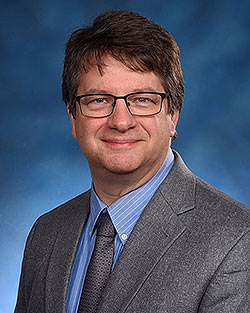 Added Dr. Blanpied: “There is a lot of fertile ground for incredible research between these two departments. I am excited to define a shared mission and aim for greater goals as we increase our collaboration.”
Added Dr. Blanpied: “There is a lot of fertile ground for incredible research between these two departments. I am excited to define a shared mission and aim for greater goals as we increase our collaboration.”
Margaret McCarthy, PhD, Endowed Professor and Chair of the Department of Pharmacology, will transition from her Chair role to focus on growing and expanding the University of Maryland - Medicine Institute of Neuroscience Discovery (UM-MIND) where she has been serving as the Director. This institute, launched in 2023, conducts translational research of the brain and fosters collaboration between basic and clinical neuroscientists. During her tenure, she helped the Department of Pharmacology achieve great heights by recruiting outstanding new faculty in the areas of neuropharmacology and oncopharmacology. Dr. McCarthy and her colleagues have made ground-breaking advances in exploring gender differences in the brain with more than $20 million in federal research funding over the past 30 years. With over 200 scientific manuscripts published, Dr. McCarthy’s research has led to new innovations in federal research policies, establishing new guidelines for including females on a more equal basis in basic and clinical research studies.
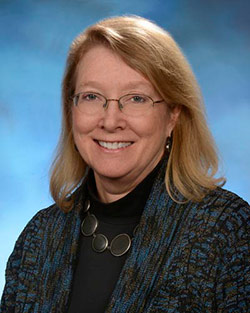 “It has been an honor to witness the many impacts we have had in the Department of Pharmacology over the last 13 years and to work alongside such talented scientists,” said Margaret McCarthy, PhD. “As I expand my efforts with UM-MIND, I am excited to support the evolution and goals of the newly created department.”
“It has been an honor to witness the many impacts we have had in the Department of Pharmacology over the last 13 years and to work alongside such talented scientists,” said Margaret McCarthy, PhD. “As I expand my efforts with UM-MIND, I am excited to support the evolution and goals of the newly created department.”
Dr. Martin’s Ground-Breaking Breast Cancer Research

With a focus on bioengineering, tumor cell biology, and the molecular mechanisms to inhibit cancer metastasis, Dr. Martin is widely regarded for the research and discovery of thin membrane protrusions called “microtentacles” on the surface of breast cancer cells which may indicate how cancer spreads to other parts of the body. In 2020, his research team furthered this work and invented a novel device called TetherChip, to enable better testing for microtentacles. The tiny fluid-filled device preserves tumor cells by preventing cell adhesion and has been awarded a US patent with the goal of seeking FDA approval.
Dr. Martin has published more than 90 articles in high-impact scientific journals, including Cancer Research, Nature Biomedical Engineering, Science Signaling and Clinical Cancer Research. He was one of only three investigators in the U.S. in 2010 to receive an Era of Hope Scholar Award from the Department of Defense for his innovative research on breast cancer.
After joining UMSOM as a faculty member in 2004, Dr. Martin served as a Professor of Physiology for 16 years before transitioning to the Department of Pharmacology in 2020. In recognition of his transformative contributions in cancer research, he was invested as the Drs. Angela and Harry Brodie Professor in Translational Cancer Research.
Dr. Blanpied is a Leading Neuroscientist and Imaging Expert
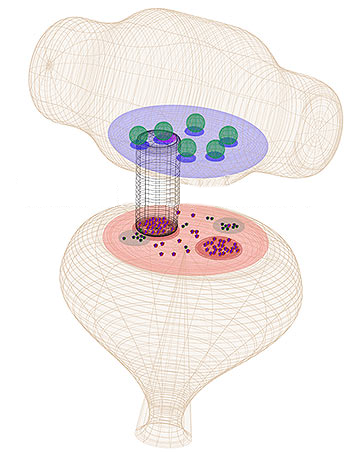 Dr. Blanpied’s research primarily serves to understand the cellular processes underlying healthy cognitive function as well as psychiatric disorders. His lab hosts nine researchers and utilizes cutting-edge visualization techniques to examine protein organization in synapses, the connections in the brain that support message transmission between cells of the central nervous system. He also serves as Director of UMSOM’s Confocal Microscopy Core, which offers researchers state-of-the-art equipment for high-resolution imaging (both in vivo and in vitro) as well as UMGCCC’s Imaging Shared Service (ISS) providing cell, animal, and human imaging technologies for over 160 users.
Dr. Blanpied’s research primarily serves to understand the cellular processes underlying healthy cognitive function as well as psychiatric disorders. His lab hosts nine researchers and utilizes cutting-edge visualization techniques to examine protein organization in synapses, the connections in the brain that support message transmission between cells of the central nervous system. He also serves as Director of UMSOM’s Confocal Microscopy Core, which offers researchers state-of-the-art equipment for high-resolution imaging (both in vivo and in vitro) as well as UMGCCC’s Imaging Shared Service (ISS) providing cell, animal, and human imaging technologies for over 160 users.
In 2016, he discovered a unique architecture within synapses, coined the “nanocolumn”, where at each synapse, key proteins form an incredibly precise column stretching across the gap between cells. This core architecture could shed light on why synapses are efficient in message transmission but prone to disruption seen in mental health disorders. His lab continues to examine synaptic architecture to better understand human behavioral development with the ultimate goal of advancing new treatments for psychiatric disorders including Alzheimer’s, schizophrenia and autism spectrum disorder.
After joining UMSOM in 2005 as Professor of Physiology, Dr. Blanpied was promoted to Vice Chair of the Department in 2022. He has published over 70 articles in high-impact journals including Nature, Neuron and the Journal of Neuroscience, receiving more than 6,000 citations.
About the University of Maryland School of Medicine
Now in its third century, the University of Maryland School of Medicine was chartered in 1807 as the first public medical school in the United States. It continues today as one of the fastest growing, top-tier biomedical research enterprises in the world -- with 46 academic departments, centers, institutes, and programs, and a faculty of more than 3,000 physicians, scientists, and allied health professionals, including members of the National Academy of Medicine and the National Academy of Sciences, and a distinguished two-time winner of the Albert E. Lasker Award in Medical Research. With an operating budget of more than $1.2 billion, the School of Medicine works closely in partnership with the University of Maryland Medical Center and Medical System to provide research-intensive, academic and clinically based care for nearly 2 million patients each year. The School of Medicine has nearly $600 million in extramural funding, with most of its academic departments highly ranked among all medical schools in the nation in research funding. As one of the seven professional schools that make up the University of Maryland, Baltimore campus, the School of Medicine has a total population of nearly 9,000 faculty and staff, including 2,500 students, trainees, residents, and fellows. The combined School of Medicine and Medical System ("University of Maryland Medicine") has an annual budget of over $6 billion and an economic impact of nearly $20 billion on the state and local community. The School of Medicine, which ranks as the 8th highest among public medical schools in research productivity (according to the Association of American Medical Colleges profile) is an innovator in translational medicine, with 606 active patents and 52 start-up companies. In the latest U.S. News & World Report ranking of the Best Medical Schools, published in 2021, the UM School of Medicine is ranked #9 among the 92 public medical schools in the U.S., and in the top 15 percent (#27) of all 192 public and private U.S. medical schools. The School of Medicine works locally, nationally, and globally, with research and treatment facilities in 36 countries around the world. Visit medschool.umaryland.edu.
Contact
Holly Moody-Porter
Senior Media & Public Relations Specialist
Office of Public Affairs & Communications
University of Maryland School of Medicine
HMoody@som.umaryland.edu
o: 410-706-4348
c: 443-939-4024
Related stories

Wednesday, May 10, 2023
Research Identifies New Cause of Heart Failure Condition in Children
In an effort to determine the cause behind a rare condition that causes heart failure in children, University of Maryland School of Medicine researchers have identified new gene mutations responsible for the disorder in an infant patient. They were then able to learn how the mutation works and used a drug to reverse its effects in heart muscle cells derived from stem cells from the patient.
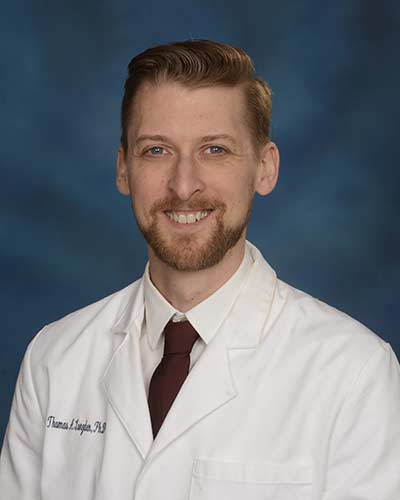
Tuesday, January 24, 2023
Special Vascular Cells Adjust Blood Flow in Brain Capillaries Based on Local Energy Needs
When we smell hot dogs, it may trigger memories of backyard barbeques or attending baseball games during childhood. During this process, the areas of the brain that control smell and long-term memory are rapidly firing off impulses. To fuel these signals from neurons, the active brain regions need oxygen and energy in the form of blood sugar glucose, which is quickly delivered through blood vessels.
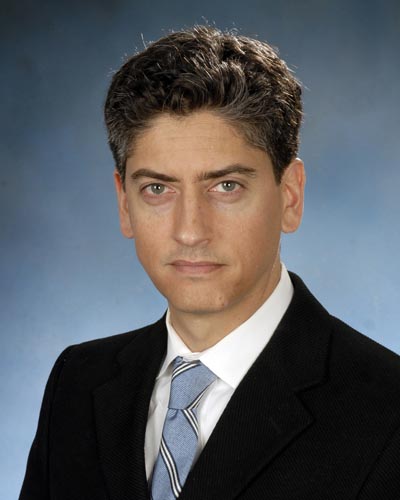
Monday, November 14, 2022
Brain Area Thought to Impart Consciousness, Behaves Instead Like an Internet Router
Tucked underneath the brain’s outer, wrinkly cortex is a deeply mysterious area, known as the claustrum. This region has long been known to exchange signals with much of the cortex, which is responsible for higher reasoning and complex thought. Because of the claustrum’s extensive connections, the legendary scientist Francis Crick, PhD, of DNA-discovery fame, first postulated in 2005 that the claustrum is the seat of consciousness. In other words, the region of the brain enabling awareness of the world and ourselves.

Monday, March 14, 2022
Dancing Laboratory Rats Show How the Brain Learns, Perfects, then Unconsciously Performs a Skillful Movement
Learning a complex skilled movement like tying your shoes or playing an instrument takes practice. After repeating the same movements over and over, people often develop a formulaic way of performing the task, and may not even have to think about it anymore. Although we accomplish such repetitive tasks every day, little is known about how the brain learns, repeats, and perfects them.
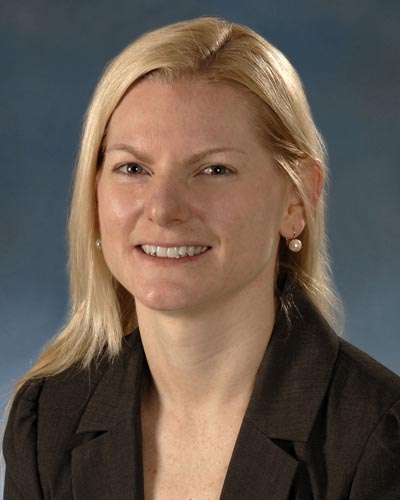
Wednesday, February 02, 2022
ADHD Medicine May Treat Symptoms of Genetic Movement Disorder in Children, University of Maryland School of Medicine Study Finds
Using a common attention deficit hyperactivity disorder (ADHD) medication appears to help manage the symptoms of a rare and currently difficult to treat genetic movement disorder primarily found in children, according to a new study from a University of Maryland School of Medicine (UMSOM) researcher Andrea Meredith, PhD, and her collaborators.

Thursday, January 27, 2022
Microbiome of Mother’s Vagina May Affect Infant Mortality Risk and Baby’s Development
A new study in mice from University of Maryland School of Medicine researchers showed that an unhealthy vaginal microbiome in pregnant mothers in combination with an unhealthy diet contributed to increased pup deaths and altered development in the surviving babies.
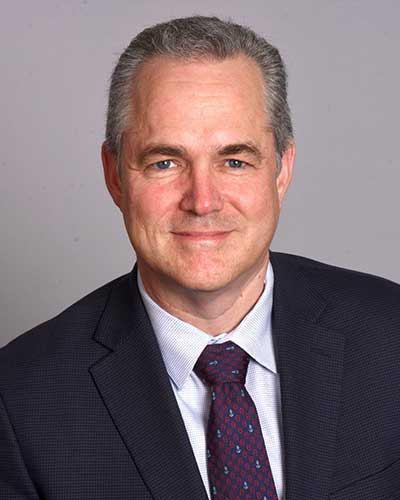
Tuesday, August 04, 2020
UM School of Medicine Researchers Develop Novel Test For ‘Microtentacles’ on Breast Cancer Cells
Researchers at the University of Maryland School of Medicine (UMSOM) have developed a novel technology to test for the presence of thin membrane protrusions called “microtentacles” on breast cancer cells, which can help predict whether a tumor is likely to spread. They describe the TetherChip device in a new paper published today in the Royal Society of Chemistry journal Lab on a Chip.

Tuesday, September 11, 2018
New Study Finds Unexpected Link Between Immune Cells and Male/Female Differences
Researchers at the University of Maryland School of Medicine (UMSOM) have made a surprising discovery: during fetal development, a particular immune cell seems to play a key role in determining the male or female characteristics of the brain.

